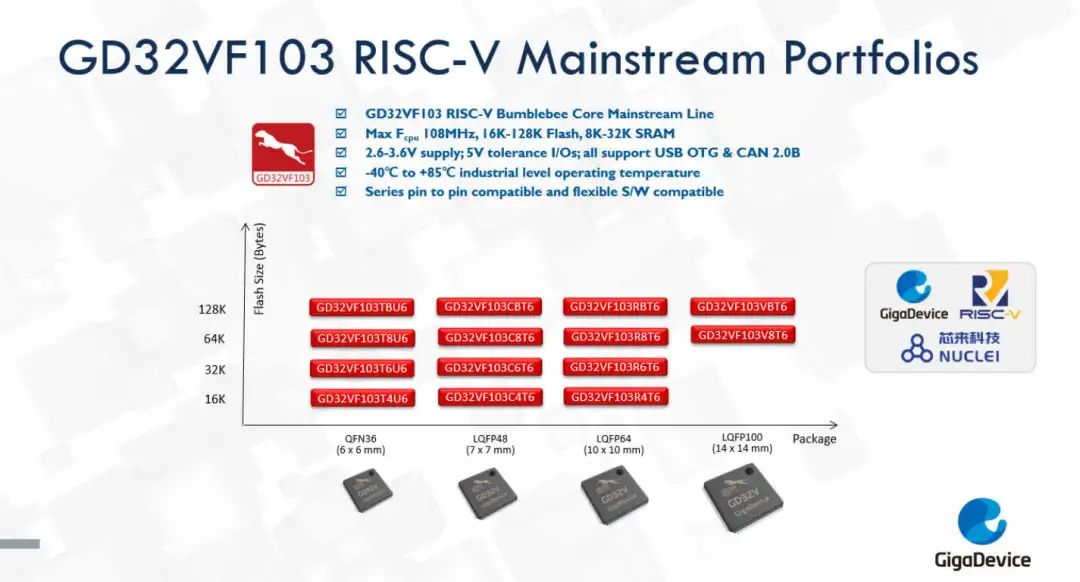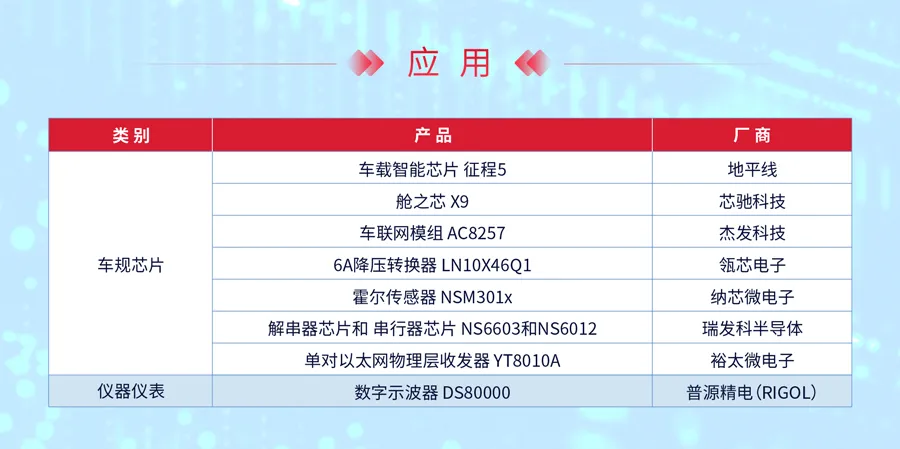Initiating topic discussions is a long-standing tradition of the EEWorld forum. This time, we invite senior engineers to talk about MCUs that adopt the RISC-V core.
RISC-V, as a rising star, has gained immense popularity in recent years, giving birth to numerous high-quality products with continuously improving performance. However, each chip has its unique strengths, so we want to invite engineers to discuss the key factors to consider when making a selection. If recommending domestic RISC-V chips, which products do engineers think are the most powerful? (Original post link: http://bbs.eeworld.com.cn/thread-1259922-1-1.html)
Engineers’ experiences are often more genuine; let’s see which chips perform exceptionally well in practical applications. The following content consists of subjective feelings after evaluations by forum members and does not represent the stance of EEWorld..
 This chip has garnered much attention
This chip has garnered much attention 
Many netizens have recommended the CH32V307 from WCH. User 29447945 mentioned they are currently using a RISC-V architecture chip (CH32V307), noting that RISC-V chips are becoming increasingly popular and are slowly becoming a new choice.
User fxyc87 stated that they recently used the CH32V307 for a project, having only made five units, which utilized 10M Ethernet and USB HOST; the rest were just I/O. They believe the key feature of this chip is its built-in transceiver for 10M Ethernet, which is rarely seen in the industry. They also shared a previous experience where they encountered USB issues during development, contacted the official FAE, and added them on WeChat, which helped resolve many issues.
Similarly, Honghuzaitian also chose the CH32V307, believing that this chip has very high performance and can basically meet some complex application scenarios. It covers all the functionalities that an MCU should have, including Ethernet, a main frequency of 144MHz, and besides ADC, DAC, it also includes four OPA for signal preprocessing. It has a DVP image interface and FSMC interface, making it very powerful.
The official website shows that the CH32V series is designed based on WCH’s self-developed Qingke V4F microprocessor core and includes industrial-grade general-purpose microcontrollers such as the CH32V305 connection-type MCU, CH32V307 interconnection MCU, and CH32V208 wireless MCU.
It supports single-precision floating-point instructions and fast interrupt response, supports 144MHz main frequency operation with zero wait states, provides 8 sets of serial ports, 4 sets of advanced motor PWM timers, SDIO, DVP digital image interfaces, 4 sets of analog operational amplifiers, dual ADC units, dual DAC units, and built-in USB2.0 high-speed PHY transceiver (480Mbps), Gigabit Ethernet MAC, and 10M physical layer transceivers, etc.
 WCH’s other chip
WCH’s other chip 
User xiaolinen believes that when choosing domestic RISC-V MCUs, it is essential to focus on ecosystem issues and whether solutions can be quickly found when problems arise.
He recommends the CH583 from WCH, stating that this product provides BLE and is currently performing quite well. The most intuitive recommendation reason is its relatively low price, along with a group of developers using it, allowing for problem discussions together.
The official website shows that the CH583 is a RISC-V MCU microcontroller with integrated BLE wireless communication. It features a 2Mbps low-power Bluetooth BLE communication module, 2 full-speed USB host and device controllers with transceivers, 2 SPI, 4 serial ports, 14 ADC channels, touch key detection module, RTC, and other rich peripheral resources.
In terms of the core, the CH583 is equipped with a 32-bit Qingke RISC-V processor WCH RISC-V4A, featuring a low-power two-stage pipeline, high performance, and multiple system main frequency options, with a minimum of 32KHz, and a unique fast interrupt response mechanism.
 One chip to handle Wi-Fi and Bluetooth
One chip to handle Wi-Fi and Bluetooth 
Many netizens also recommend the ESP32 series chips. User EPTmachine believes that the ESP32 (Espressif) has a good open-source ecosystem, and the chip used in the PowerDebugger from the recent Creative Chip Workshop is the ESP32-S3. However, they think that the difficulty of getting started with the ESP32 is a bit high.
The ESP32-S3 integrates two co-processors based on the RISC-V instruction set (ULP-RISC-V) and finite state machine FSM architecture (ULP-FSM). The clock for the co-processors is the built-in fast RC oscillator clock.
User damiaa believes that the ESP32-C3 is excellent, a first choice for IoT small products, handling Wi-Fi and Bluetooth with a single chip, and is currently being used in products.
The ESP32-C3 series chips are equipped with a low-power RISC-V 32-bit single-core processor, a four-stage pipeline architecture, supporting a clock frequency of 160 MHz, supporting a 32-bit multiplier, a 32-bit divider, supporting up to 32 vector interrupts, with 7 priority levels, supporting up to 8 hardware breakpoints/watchpoints, and up to 16 PMP regions, with a JTAG interface for debugging.
The ESP32 can also perform Ethernet functions and can connect to external MQTT servers using MQTT. Currently, a small product has been developed using it, and the feedback has been quite good, highly recommended. The selection of models is very rich, including ESP32-S3, H2, C6, P4, and the cheaper ESP32-C2.
User S2 participated in the last activity but does not recommend using the ESP32-S2, stating that they made a mistake in choosing it; they currently have a board for S3 and H2; they have not yet come into contact with C6; P4 has not yet been released by the official; mainly using IDF for development, and this product’s official support is undoubtedly the strongest and most fundamental, allowing for in-depth problem-solving. Versions like Arduino and MicroPython do not update as quickly. So they still use IDF and develop in C.
The official information shows that the ESP32 is an integrated single-chip solution for dual-mode Wi-Fi and Bluetooth at 2.4 GHz, adopting TSMC’s low-power 40-nanometer process, featuring ultra-high RF performance, stability, universality, and reliability, as well as ultra-low power consumption, meeting different power consumption requirements, suitable for various application scenarios.
The ESP32 is the industry’s leading integrated Wi-Fi + Bluetooth solution, with only 20 external components, and integrates antenna switches, RF baluns, power amplifiers, low-noise amplifiers, filters, power management modules, and advanced self-calibration circuits, greatly reducing the area of printed circuit boards (PCBs).
The ESP32 also integrates advanced self-calibration circuits, achieving dynamic automatic adjustments, which can eliminate defects in external circuits and better adapt to changes in the external environment. Therefore, batch production of the ESP32 does not require expensive dedicated Wi-Fi testing equipment.
 Exceptional Performance RISC-V MCUs
Exceptional Performance RISC-V MCUs 
Some netizens recommend products from Xianji. User devinfanyang believes that all the chips currently released by Xianji are highly innovative and possess strong product capabilities, making them an excellent choice for high-performance MCUs besides STM32H7 and i.MXRT series.
First, the HPM6750 series from Xianji, which has rich peripherals and can achieve top performance among domestic MCUs.
The official website shows that the HPM6700/6400 series MCUs are high-performance real-time RISC-V microcontrollers from Xianji, providing tremendous computing power, efficient control capabilities, and rich multimedia functions for industrial automation and edge computing applications.
In terms of the core, the RISC-V core supports double-precision floating-point operations and powerful DSP extensions. The flagship model HPM6750 has a dual-core main frequency of up to 816MHz, setting a new performance record for MCUs with up to 9220 CoreMark and up to 4651 DMIPS. The high-performance model HPM64G0 has a single-core main frequency of 1GHz, exceeding 5600 CoreMark, marking a new era in microcontroller performance.
Secondly, the HPM5300 series, which is an innovative encoder solution.
The official website shows that the HPM5300 series MCU is a high-performance general-purpose microcontroller featuring a RISC-V core. It has a main frequency of up to 480 MHz, with 288KB SRAM and 1 MB Flash, providing rich computing power and efficient control capabilities for industrial automation, new energy, and automotive applications.
 High-Performance Low-Power RISC-V MCUs
High-Performance Low-Power RISC-V MCUs 
GD32VF103 is a RISC-V MCU that has won international awards and attracted much attention from netizens. User bigbat stated they have tested this chip. In terms of the development environment, it is quite good as it is based on the LVVM’s CLANG environment, and the chip basically conforms to the RISC-V JTAG standard. The chip’s software library is also relatively complete, but in terms of simulation performance, accuracy and repeatability are just acceptable. In terms of the development environment, it is quite good as it is based on the LVVM’s CLANG environment, and the chip also basically conforms to the RISC-V JTAG standard. The chip’s software library is also relatively complete, but in terms of simulation performance, accuracy and repeatability are relatively average.
The official website shows that the GD32VF103 series MCU is a 32-bit general-purpose microcontroller based on the RISC-V core, providing high performance while also being low power, and offers a wide variety of peripherals.
In terms of the core, it is a 32-bit general-purpose microcontroller based on the Nuclei Bumblebee processor, which is developed based on the RISC-V architecture instruction set. The RISC-V processor includes three AHB buses called I-Code bus, D-Code bus, and system bus. All memory accesses of the RISC-V processor are executed on the AHB bus according to different purposes and target storage spaces.
The memory organization adopts a Harvard architecture, with pre-defined memory mapping and up to 4 GB of storage space, ensuring system flexibility and scalability.
The series MCU provides 2 12-bit ADCs, 2 12-bit DACs, and 4 general-purpose 16-bit timers, 2 basic timers, and 1 advanced PWM timer. It also provides standard and advanced communication interfaces: 3 SPI, 2 I2C, 3 USART, 2 UART, 2 I2S, 2 CAN, and 1 full-speed USB. The RISC-V processor core can also closely integrate with the enhanced core local interrupt controller (ECLIC), SysTick timer, and supports advanced debugging.
User bigbat indicated that based on their tested results, RISC-V MCUs overall cannot be considered mature yet, mainly due to issues with documentation and openness. They hope to gain a deeper understanding and obtain relevant information to be able to apply it.
If you want to know more, welcome to visit the “Most Powerful Chinese Chips” special topic. This topic focuses on three major perspectives: analog and power, digital, and applications, selecting the “most powerful” products from detailed categories based on engineers’ actual usage experiences, industry experts’ insights, and editorial viewpoints.
Currently, the topic covers 13 subcategories of chips including silicon carbide (SiC), amplifiers and comparators, LDO, DC/DC, sensors, data converters, charging management, interface circuits, Bluetooth/Wi-Fi chips, MCUs (RISC-V architecture), MCUs (Arm architecture), automotive-grade chips, and instrumentation. The specific list is as follows:
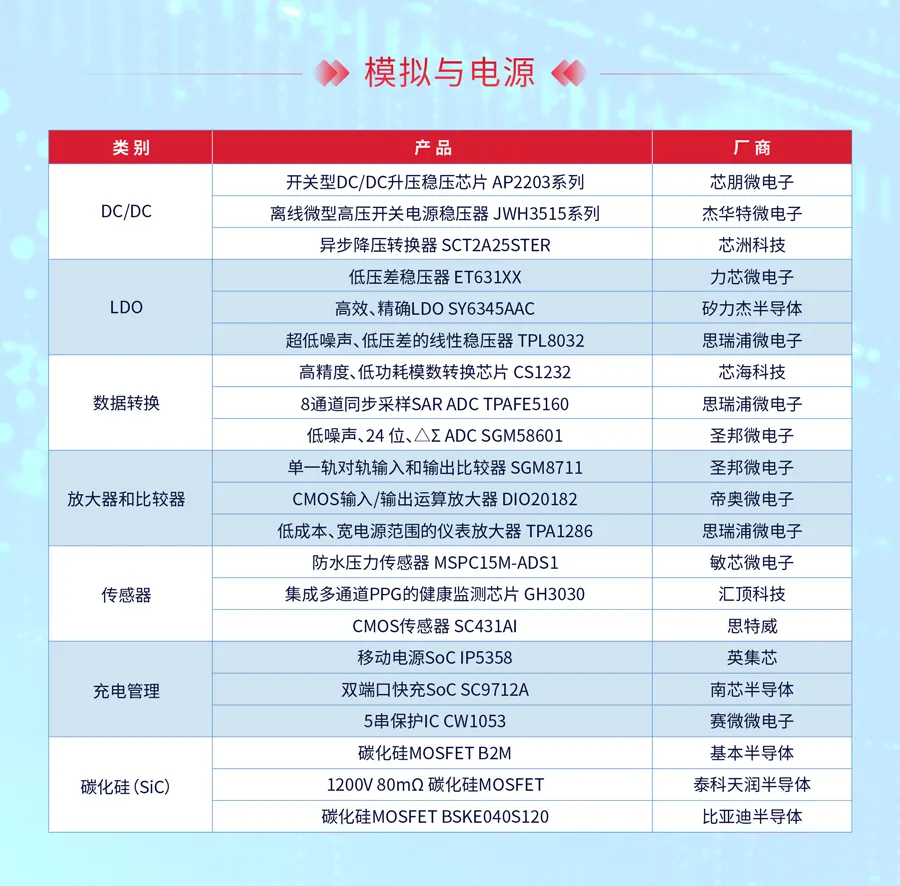
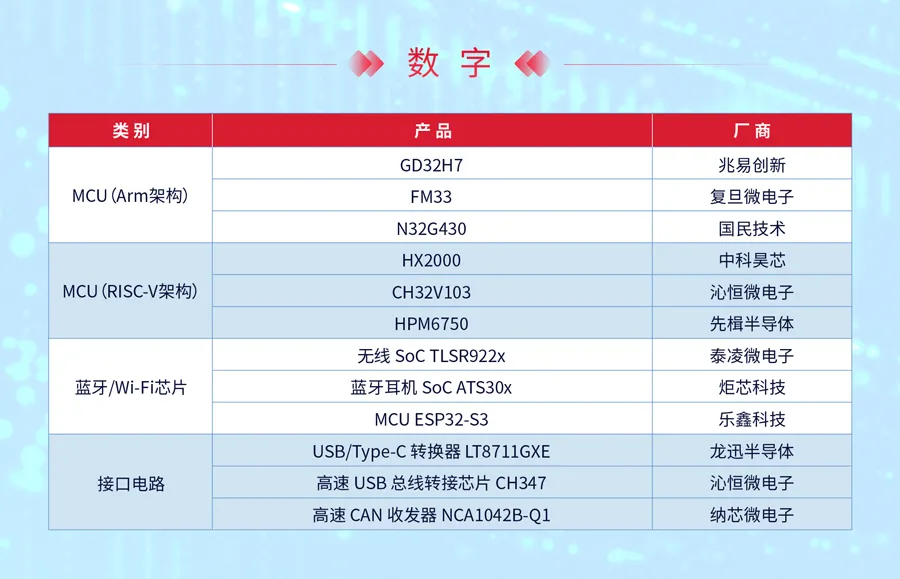
Complete list information source: http://www.eeworld.com.cn/China_chips/
As long as you have an idea, anyone can “kick the list” at any time and put their favorite chips on the list. To view the complete list, please visit:http://www.eeworld.com.cn/China_chips/
Or click on the “Read the original text” at the bottom left.

 This chip has garnered much attention
This chip has garnered much attention 
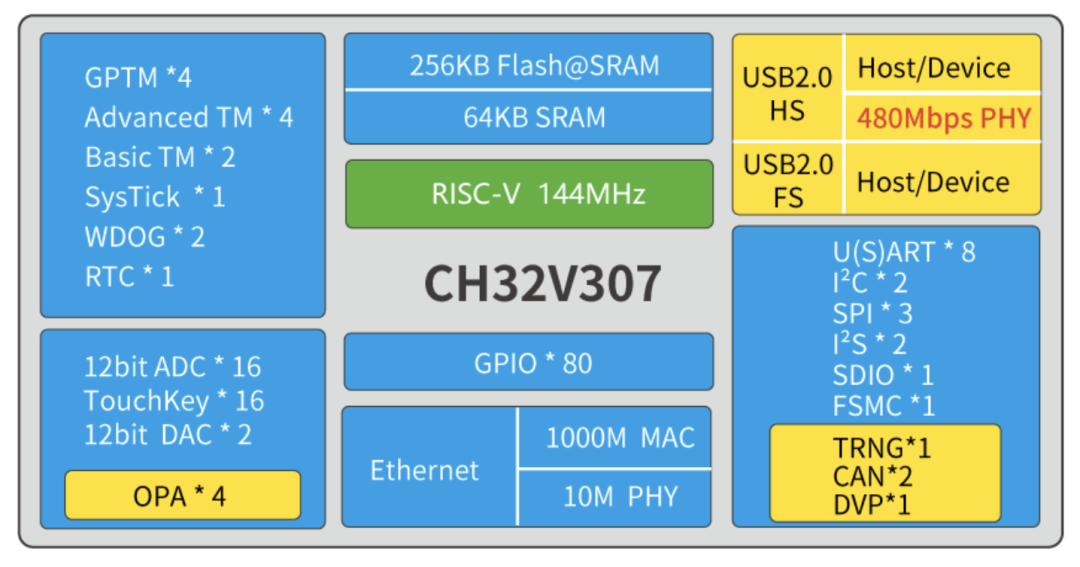
 WCH’s other chip
WCH’s other chip 
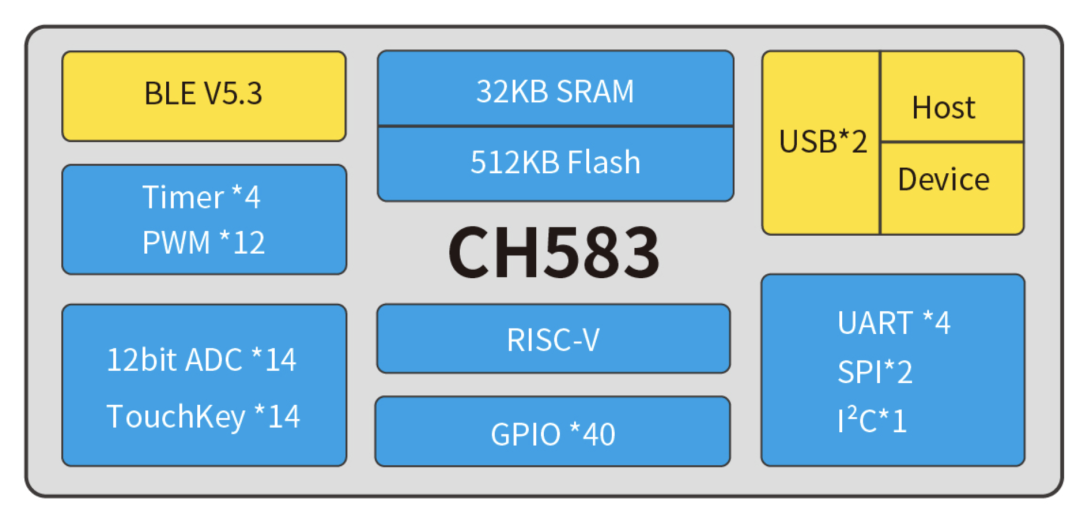
 One chip to handle Wi-Fi and Bluetooth
One chip to handle Wi-Fi and Bluetooth 
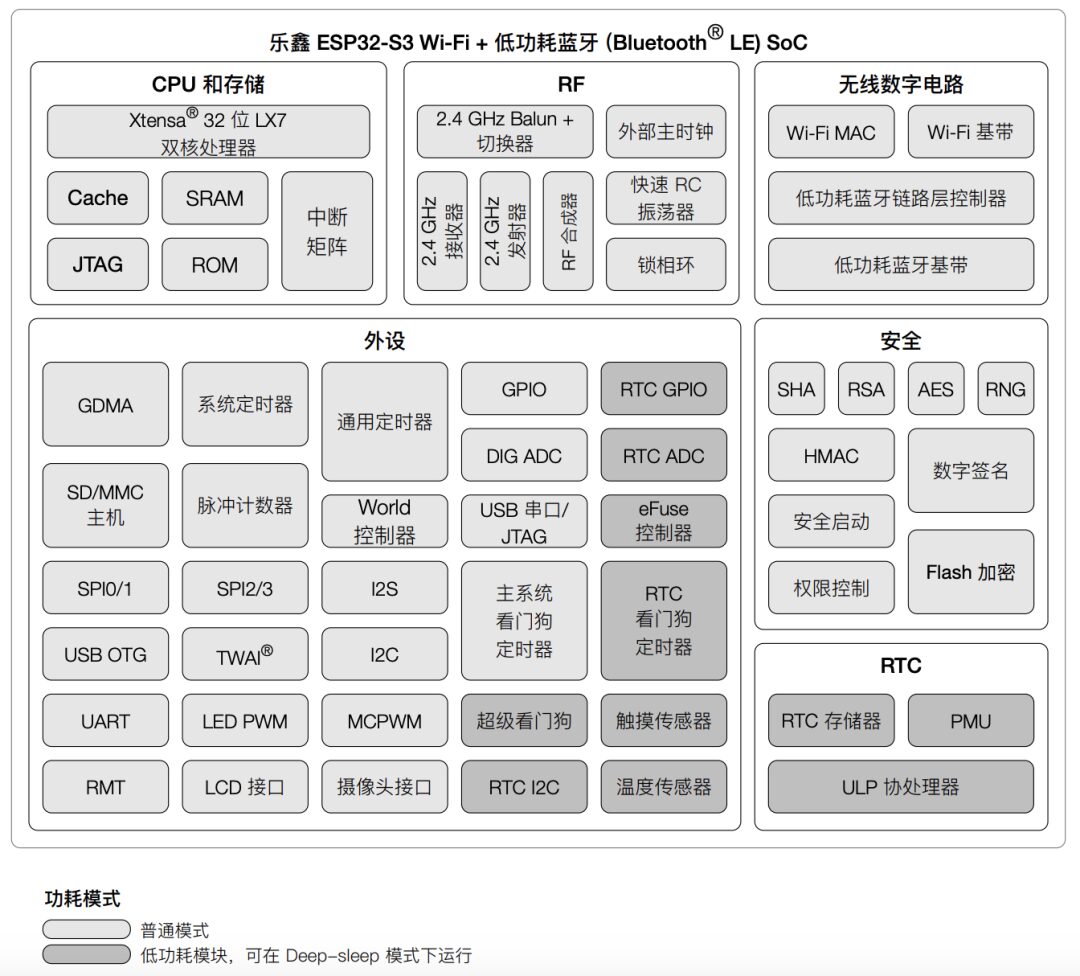
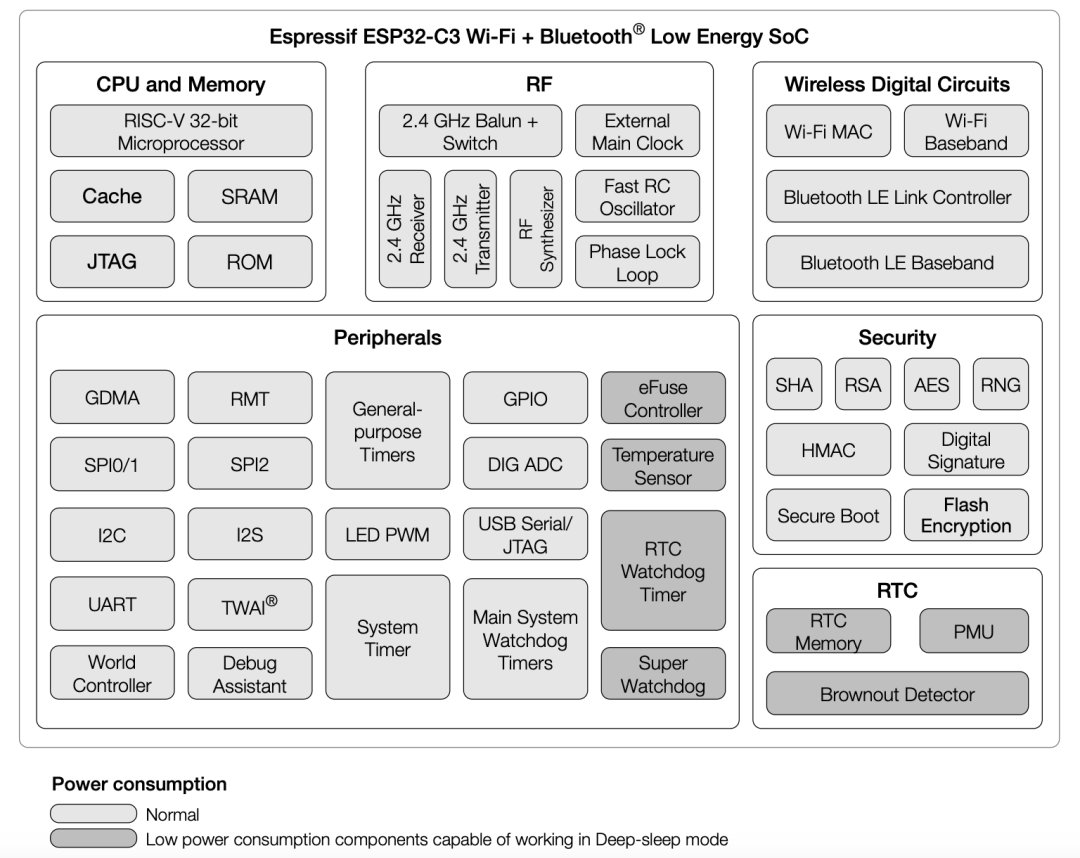
 Exceptional Performance RISC-V MCUs
Exceptional Performance RISC-V MCUs 
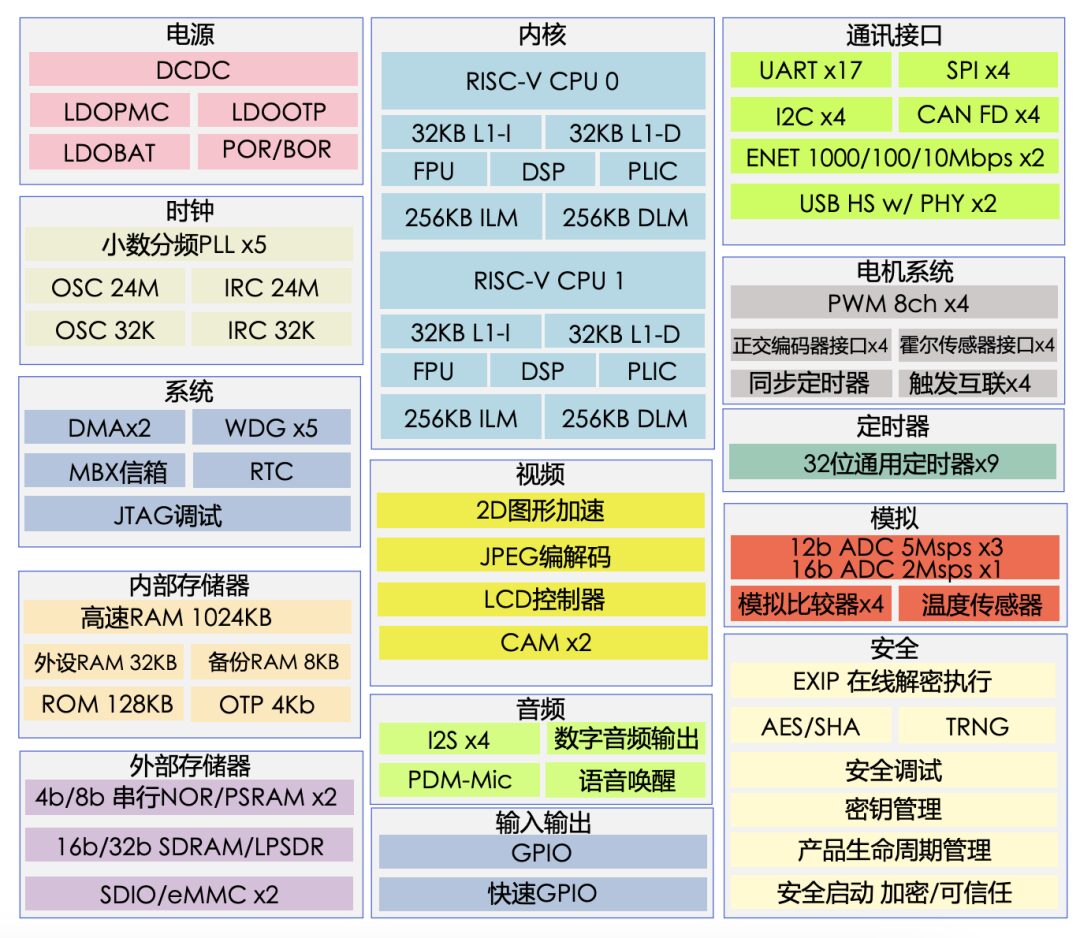
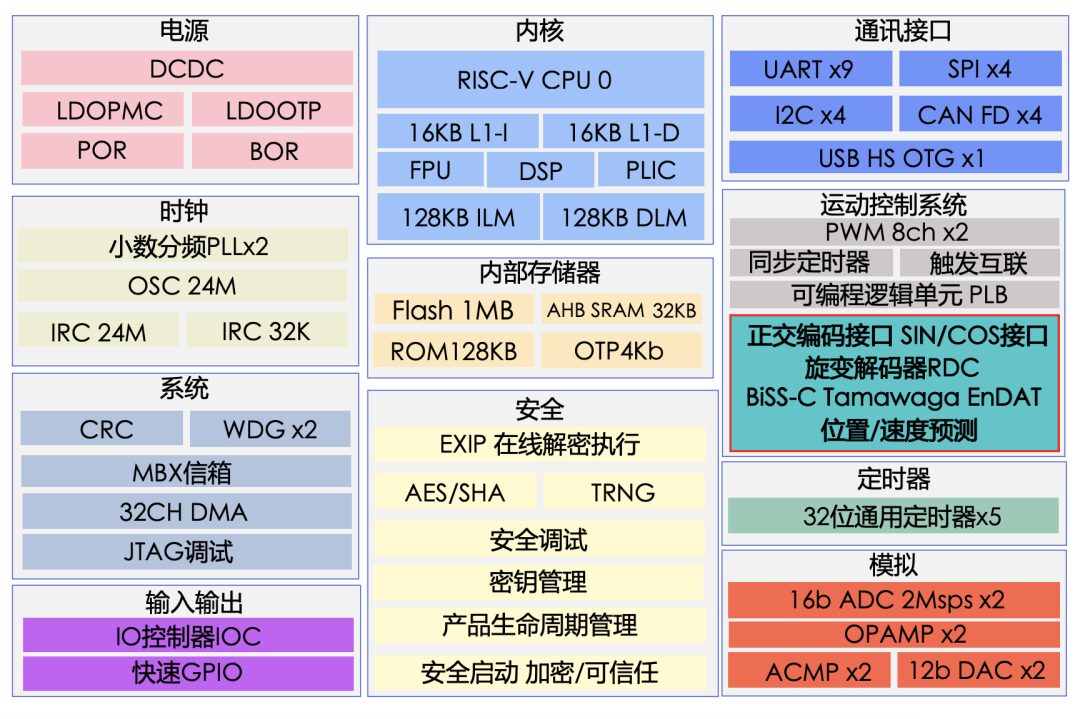
 High-Performance Low-Power RISC-V MCUs
High-Performance Low-Power RISC-V MCUs 
